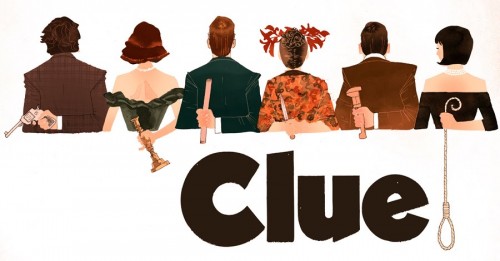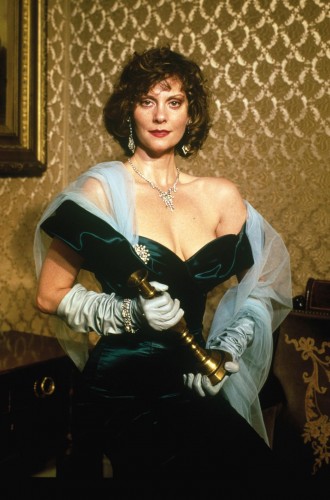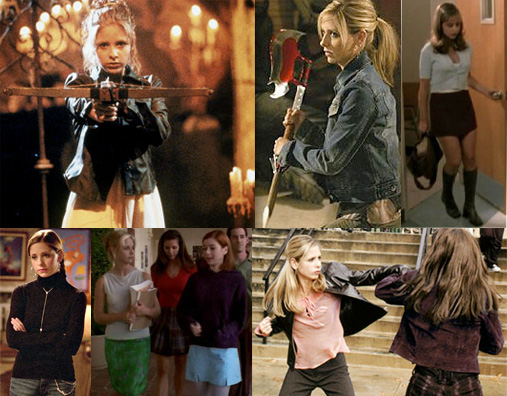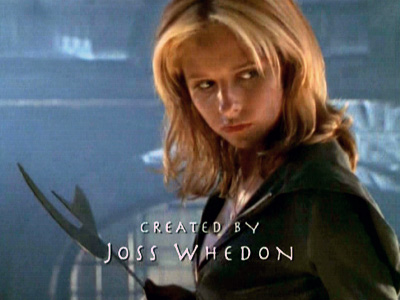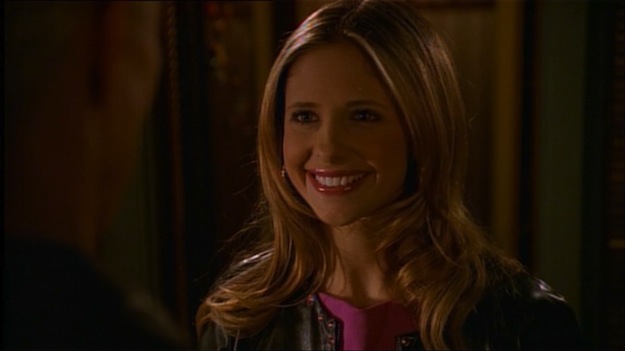
This guest post by Erin K. O’Neill appears as part of our theme week on Women and Work/Labor Issues.
Let’s talk about women and professional ambition.
But first, let’s talk about our first impression of Meredith Grey.
Grey’s Anatomy opens with a montage of surgery with a voice over talking about how it’s all called “The Game.” And then, it smashes into Meredith Grey, wrapped in a blanket, sneaking away from a man she very clearly had sex with the night before. And what does she tell him?
“Look, I’m gonna go upstairs and take a shower, OK? And when I get back down here, you won’t be here.”
She’s late for her first day of work and has the small problem of having to kick a man out of her house.
And herein lies the fascinating and symbiotic relationship between the soapy plotlines and genuine examination of female professional ambition in Grey’s Anatomy. There’s lots of sex, lots of absolutely crazy medical cases and an unlikely amount of death, and a bunch of personal relationships that get so improbable that they could break the laws of physics. And yet the show somehow manages to stay grounded in one thing: Meredith, Cristina, Izzie, Bailey, Ellis, Callie, Addison, Lexie, Teddy, April, Erica, Arizona, Jo and just about every other female character on the show are all hell-bent on being great surgeons.
And not just great surgeons. The greatest surgeons.

It is the overwhelming drive for excellence that makes the women on the show so real. It sometimes feels that this kind of ambition is not allowed to exist on TV. Sure, women can have high-powered careers and be very successful. But this is different. This is a show that not just portrays ambitious women, but is actively about professionally ambitious women and how they relate to each other and society.
“It’s like candy! But with blood! Which is so much better.”
There is a constant emphasis on winning. Winning the chance to do the best surgery, to get to treat the most interesting or dangerous injury. Everything from diagnosing rare diseases to eating a pile of hotdogs is an intense competition. Being the best, of anything and everything, is built into the fabric of the show’s narrative.
Cristina Yang is the obvious exemplar of this. She eats the giant pile of hot dogs the fastest. She hip checks Izzie on the way to a surgery so she gets there first. She graduated first in her class from Stanford’s medical school. She’s aggressive, abrasive, hostile, and she packs tequila in her bug-out bag. She is obsessive. She is driven.
And no one calls her less of a woman for that.

There are few shows that would let a female character, much less a married woman, have an abortion because her life plan is not to be a mother, but to be the best cardiothoracic surgeon in the world. Cristina knows she has no desire to have children, and while this eventually breaks up her marriage, she is conscious of doing the right thing by her own desires as well as her partner’s.
“You will be the surgeon of your generation,” Dr. Thomas (the former Mr. Feeney!) tells Cristina. “I knew it as soon as I met you. People will try to diminish you as they did me, but they will fail.”
“You are my person.”
Meredith Grey and Cristina Yang are best friends: the “Twisted Sisters.” They prioritize their friendship and each other over all other relationships — which is certainly saying something, considering that much of the non-career-related shenanigans that drive the emotional component to the show. Meredith was the first person Cristina told when she was pregnant, both times, and Meredith told Cristina about her post-it wedding to McDreamy before anyone else. Cristina needed Meredith to literally come back to life after drowning so she could tell her about her engagement. They ditch their romantic partners to motivate and support each other.
Their relationship is the most important relationship in the show because both women define themselves as surgeons first. The romantic entanglements, as distracting as they may seem, are secondary to their respective identities. For all the “pick me, choose me, love me” going on, the prominence and importance of Meredith and Cristina’s indicates that their professional ambitions are valid, and worthy life choices that deserve validation and realization.
“Happy Thanksgiving.”
There’s a great episode in season two, “Thanks for the Memories,” wherein Dr. Miranda Bailey — the no-nonsense, hard-core, and most-skilled resident on staff — runs circles around a visiting attending surgeon who believes the hot-shot resident with a stellar rep and called The Nazi is a man. Skillfully playing this assumption against him, Bailey scores herself all the fun, juicy trauma surgeries for herself while relegating the sexist attending to sutures in the ER.

This episode deliberately acknowledges and then knocks down the stereotypes that can keep women from succeeding and excelling in the workplace.
“Pretty good is not enough. I want to be great.”
Meredith’s mother, Dr. Ellis Grey, was one of the greatest general surgeons of all time until she gets Alzheimer’s. Dr. Addison Montgomery Shepherd is a world-class neonatal surgeon, who in her first appearance describes herself as one of few surgeons who can separate fetal blood vessels. Dr. Callie Torres gets tapped to give a TED talk. Dr. Miranda Bailey almost single-handedly rallies support and opens a free clinic at the hospital.
Here’s the really cool thing about Grey’s Anatomy: these are women who succeed. They’re smart, and driven, and willing to suture bananas until they get the sutures right. And they grow and succeed. They pass their exams. They study and learn complicated procedures. They fail, a lot. It’s 10 seasons later, and the women who entered as interns are now attendings and fellows who do cutting-edge research and achieving the excellence that they have striven for.
They mentor and teach each other — the show made a point in the early seasons of having Bailey, Callie and Addison, among others, in positions of power and mentorship. And, as seasons go on, the students become teachers themselves and start the cycle over again. Later in the series, when Meredith and Derek adopt Zola, Callie tells Meredith not to feel guilty for going to work and being away from her child, since it’s good for Zola to see her mother work and be successful. And Bailey, who was Meredith’s supervising resident when Meredith, Cristina and the gang were interns, gives Meredith a list of her babysitters. This is how women support each other in the workplace.

“We screw boys like whores on tequila.”
Grey’s Anatomy has its detractors. And sure, it’s soapy and not all that realistic about how a hospital actually works. But it takes ambition seriously, making the professional ambition of its female characters the driving narrative force and is massively successful and at one point even the center of the zeitgeist. Even though the show is more well-known for its love triangles and melodramatic disasters and tragedies, it is deserving of consideration for its advancement of the idea that women can choose to be devoted and defined by their professional success.
Erin K. O’Neill is an award-winning writer, photographer, visual editor, and web editor currently located in Schenectady, New York. A devotee of literature, photography, existentialism, and all things Australian, Erin also watches too much television on DVD and Netflix. Follow her on Twitter, @ekoneill.

